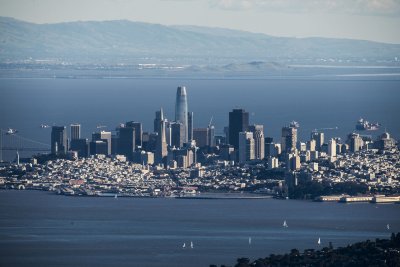San Francisco blackout spurs Waymo driverless car fleet updates
Dec. 24 (UPI) — Three days following a massive San Francisco blackout that disrupted its driverless operations, Waymo said it will upgrade its fleet to better handle future power outages.
Saturday’s outage, which was sparked by a substation fire that damaged local infrastructure, left about 130,000 customers without power at its peak and 21,000 still offline by Sunday, according to Pacific Gas and Electric.
“We’ve always focused on developing the Waymo Driver for the world as it is, including when infrastructure fails,” the company said Tuesday.
Traffic gridlock followed as lights went dark with videos showing Waymo cars stalled across the city.
“We directed our fleet to pull over and park appropriately so we could return vehicles to our depots in waves,” Waymo wrote. “This ensured we did not further add to the congestion or obstruct emergency vehicles during the peak of the recovery effort.”
The Alphabet-owned company said it will take three immediate steps.
According to Waymo, it will update its vehicles to recognize regional outages, strengthen emergency response protocol and expand training and coordination with local first responders and city officials.
“Backed by 100M+ miles of fully autonomous driving experience and a record of improving road safety, we are undaunted by the opportunity to challenge the status quo of our roads, and we’re proud to continue serving San Franciscan residents and visitors,” Waymo officials continued in Tuesday’s blog.
Waymo operates ride-hailing services in San Francisco, Phoenix, Austin, Atlanta and Los Angeles.
It recently surpassed 450,000 weekly rides and expects to exceed 20 million total trips by year’s end.
“In San Francisco, we’ll continue to coordinate with Mayor [Daniel] Lurie’s team to identify areas of greater collaboration in our existing emergency preparedness plans,” the company stated.



